
Close-up. Cloudy eyes. A toothless smile. A face covered with wrinkles and spots that give evidence of a century of life.
Panning out. An elderly caregiver next to the centennial. A son or daughter, who in a few years will also need a caregiver. A setting where insufficient infrastructure or lack thereof makes it difficult for them to get around inside their own homes.
This second scene is the one we almost never talk about. The elderly population living in the heart of the blue zone is usually portrayed in a nostalgic way but that often gives an incomplete view.
Antonia Mendoza is one of the many centenarians embodied in this portrait. She lives next to the road that leads to Cartagena in Carrillo, down a steep and muddy dirt path. Leading up to the front door, there is a handrail improvised from sticks and a plastic pipe covered with rubber, so that Antonia can hold on when she walks on the uneven ground.
She shares this wooden and cement house with her children Esdrulfo Viales, 84, and Luz Maria, 78, who is also her caregiver. They have to manage their household monthly expenses with their three pensions of around ¢80,000 (about $135) each.
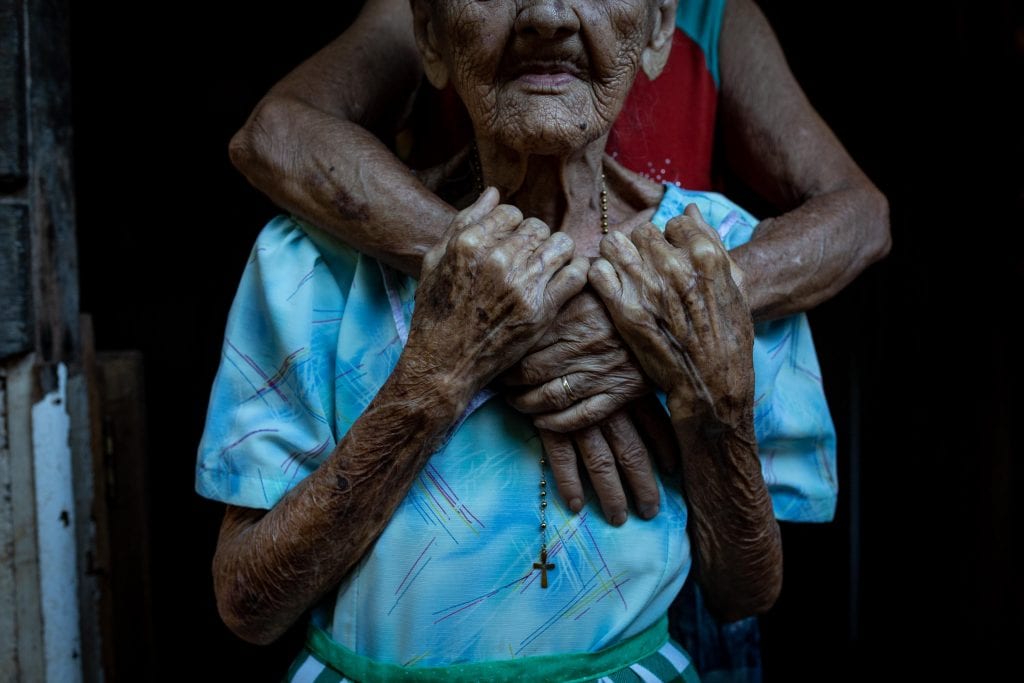
Luz María Viales, 78, is the one who takes care of her mother Antonia Mendoza, who became a centenary this year. An older adult in charge of another. We show this and other debts with our long-lived population.Photo: César Arroyo
According to Jorge Vindas, of the Nicoya Peninsula Blue Zone Association, an organization dedicated to the study of longevity and outreach programs, the youngest caregivers are at least 50 years old.
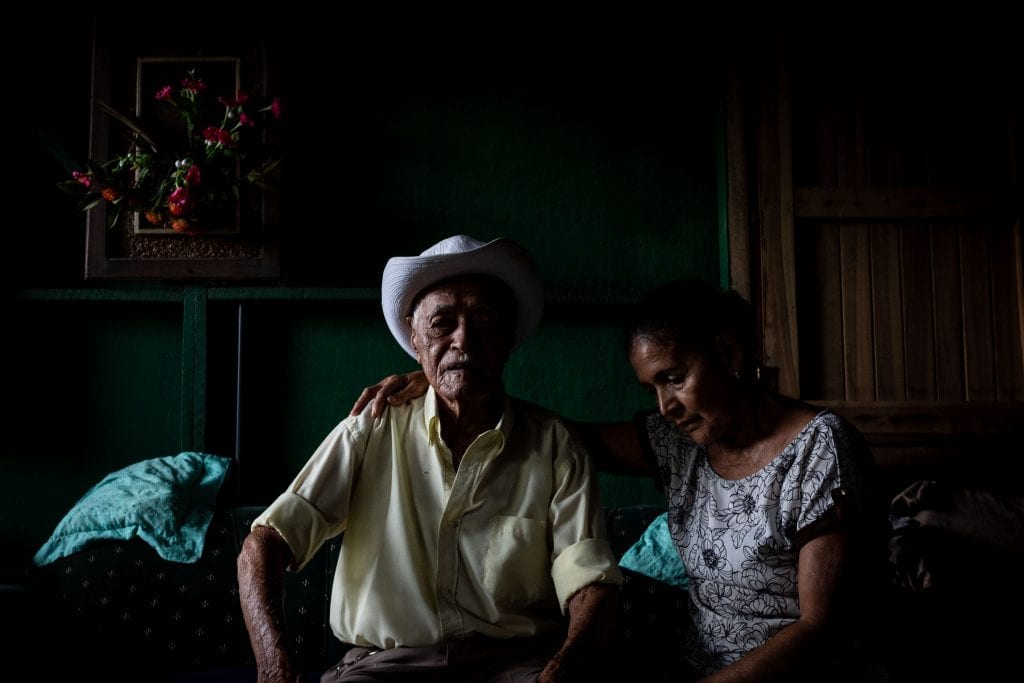
Sonia Bustos, 66, is in charge of caring for her father, Angel Bustos, who is 100 years old. According to the Nicoya Peninsula Blue Zone Association, there are no caregivers under 50 years old in this area.Photo: César Arroyo
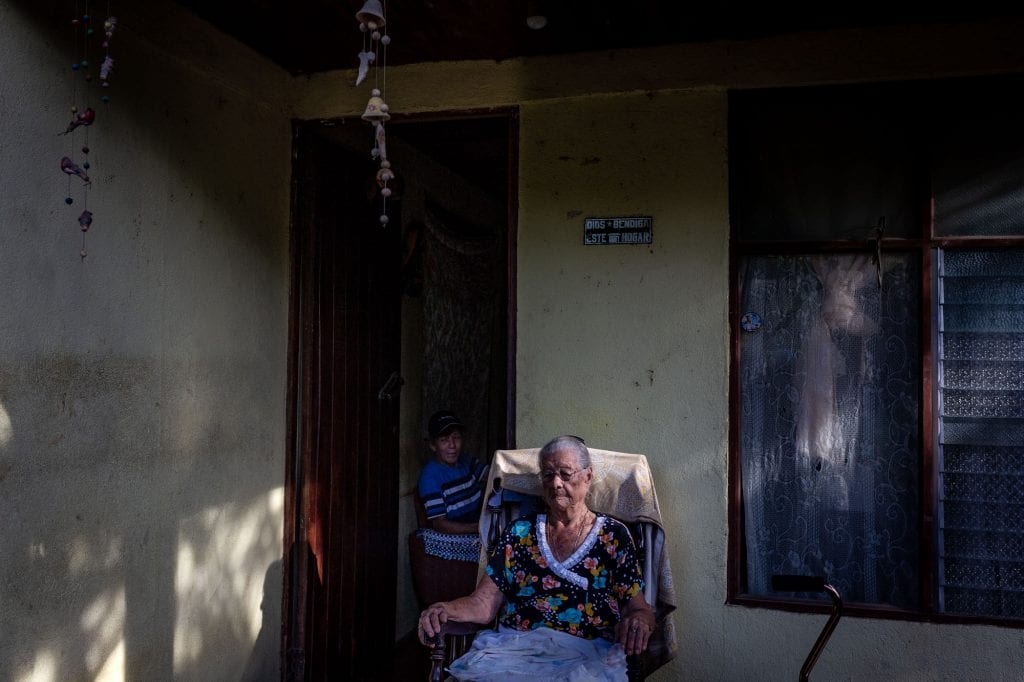
Irene Bustos, 100 years old, gets a montly pension of about ¢90,000 colones (about $150). She and her caregiver, Rigoberto Bustos, 56, the youngest of her 16 children, have to get by with that money to cover their expenses.Photo: César Arroyo
“We need to involve younger people and train caregivers to take better care of the elderly,” Vindas stated.
In the canton of Santa Cruz, this association created a committee of centenarians along with members of the community who want to watch over this population. The group, composed almost entirely of women, raises money to buy diapers and food supplements, accompany them to medical appointments, and also deliver food care packages to older adults.
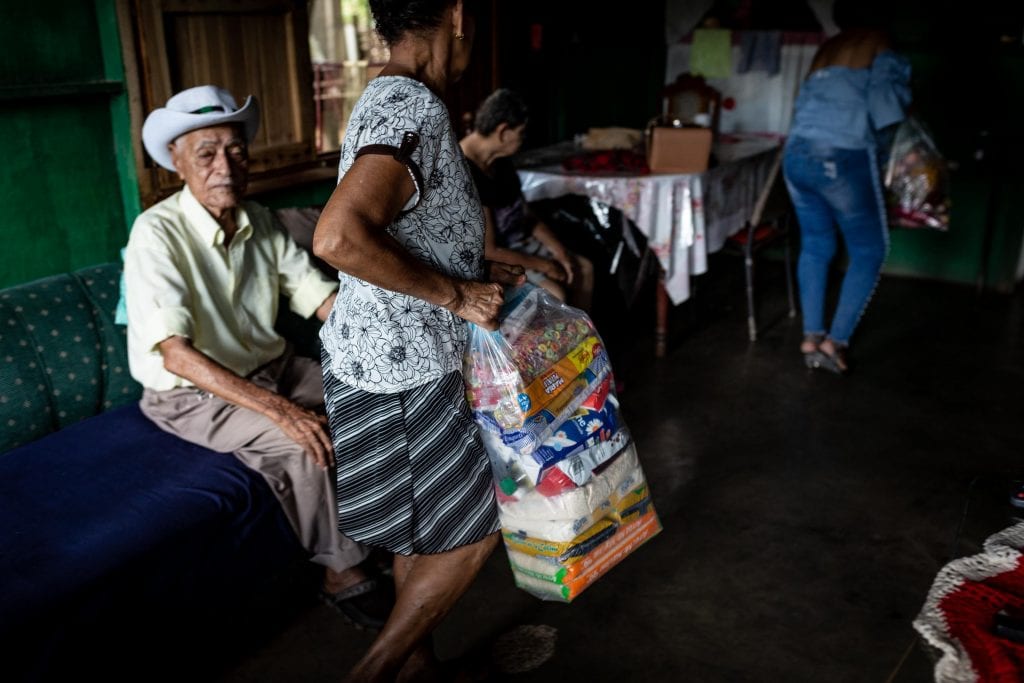
Nicoya’s care network sends Angel Bustos, age 100, a ¢60,000 (about $100) care package to his home in Cartagena, in Carrillo. His daughter and caregiver, Sonia Bustos, 66 years old, carries the food to the kitchen.Photo: César Arroyo
One of these women is Marlene Contreras, a folklorist from Santa Cruz who decided to devote herself to working for the community after she retired. She makes the trip from Sardinal to Huacas with a car that the municipality of Santa Cruz lends her. The trip takes all day but she does it with total disinterest. Her mother also made it to 100 years old so she knows firsthand the attention that this population requires.
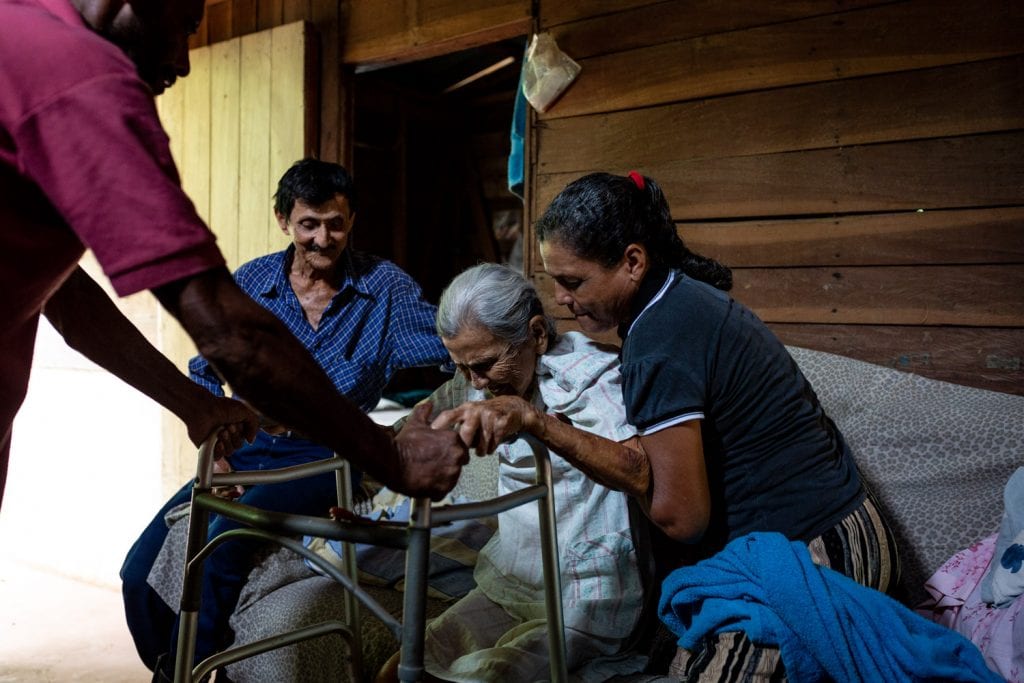
Several family members help Antonia Mendoza, 100, to stand up and exercise her injured knee after a fall she had a few days ago.Photo: César Arroyo
If when I took care of my mother, they had taught me how to do it, I wouldn’t have made a lot of mistakes,” Marlene commented.
The blue zone is made up of Hojancha, Nandayure, Nicoya, Santa Cruz and Carrillo, but the last two on that list do not have any government care networks for older adults, so Jorge Vindas’ association asked the Nicoya network to give food to the 15 centenarians with the most need in those two cantons.
The association plans to replicate this type of community committee because, according to Marlene, they could cover a greater range “if there was a committee in all the cantons to watch over them.”
Those who have lived so long are often used as a political platform, Jorge Vindas criticizes. He pointed out that helping them does not require big events but rather planning small activities in their own communities several times throughout the year.
“We need to do whatever is necessary for them to have a dignified life,” added Vindas.
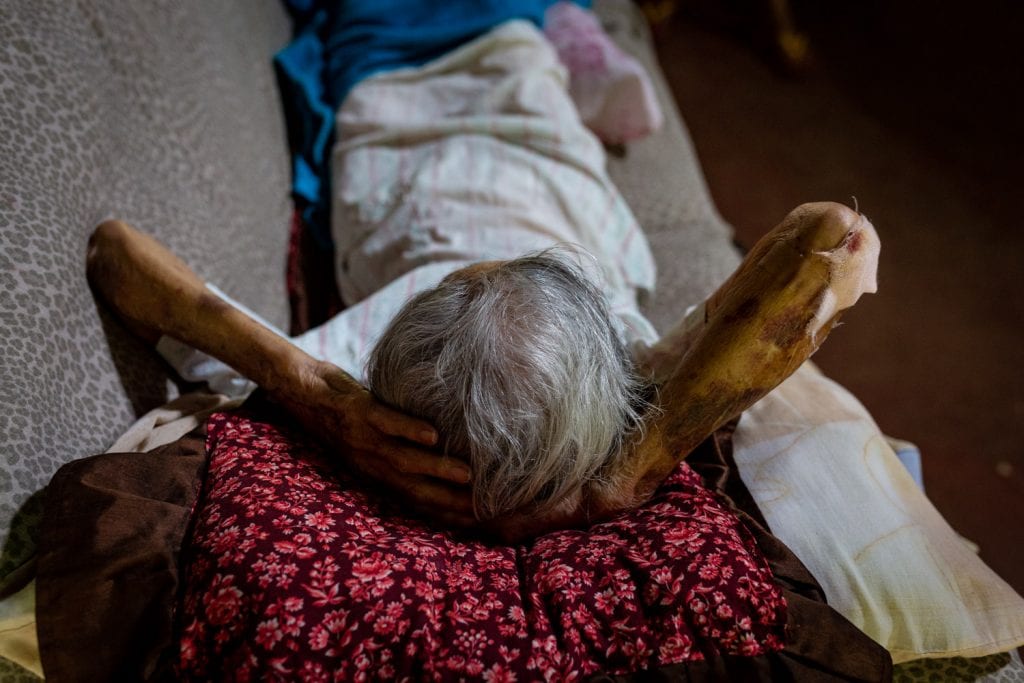
Antonia Mendoza is used to walking in her house, but after she fell a few days ago, she has to be lying down on the couch in her living room.Photo: César Arroyo


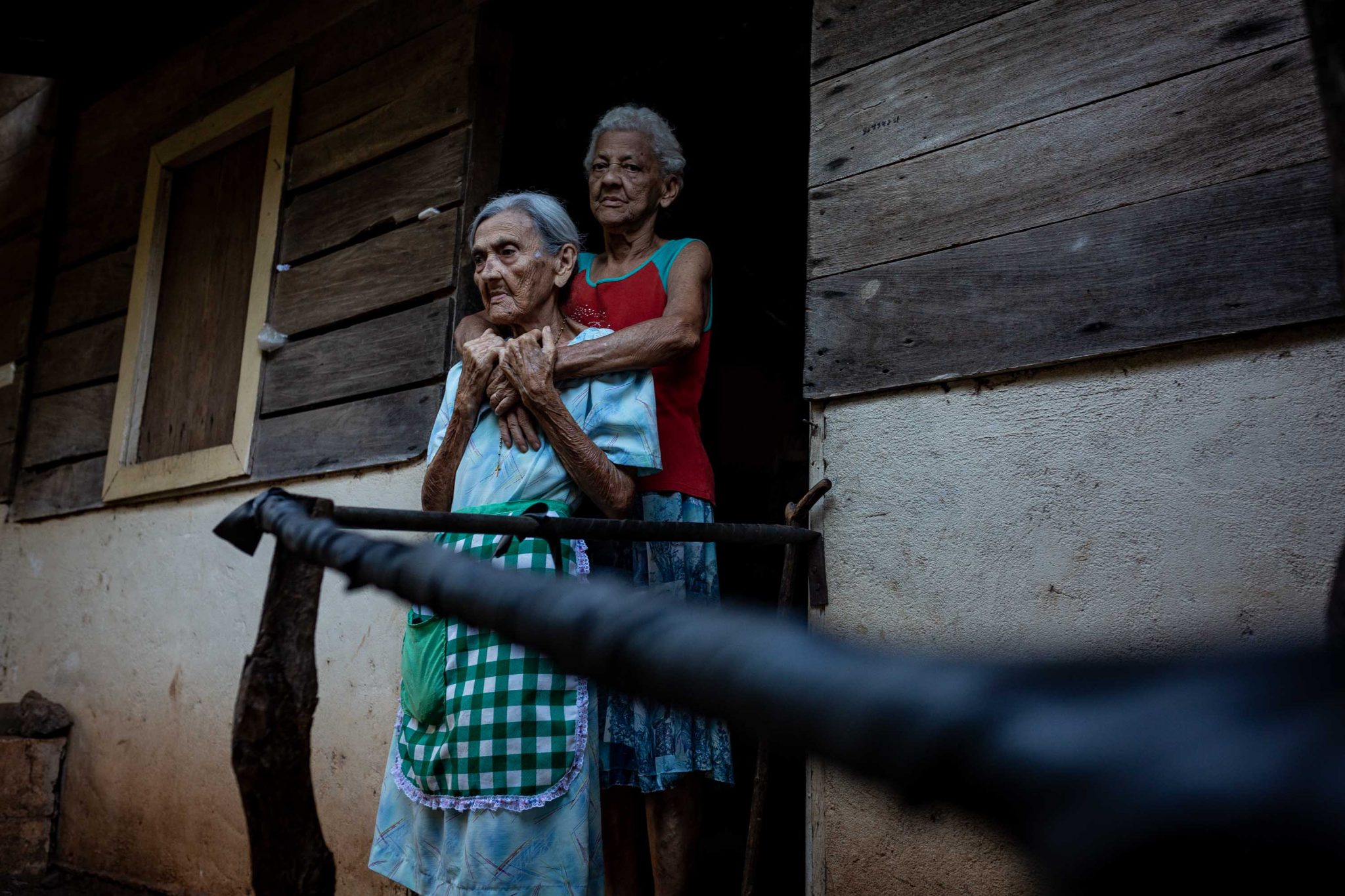
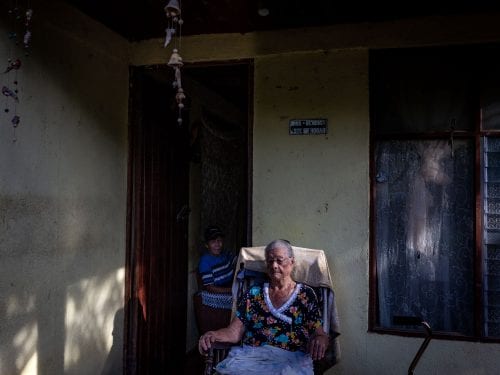
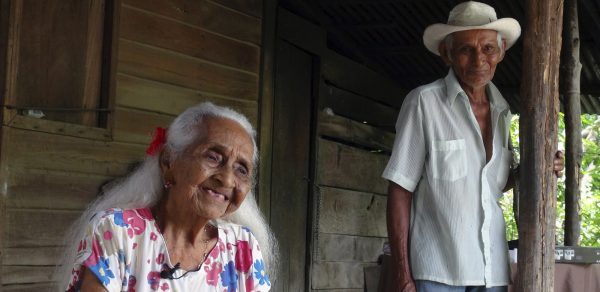
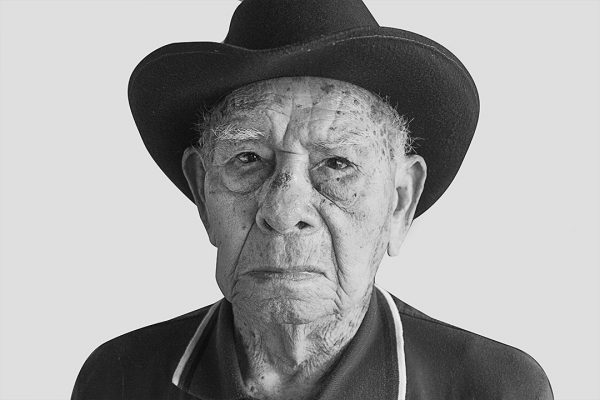

Comments